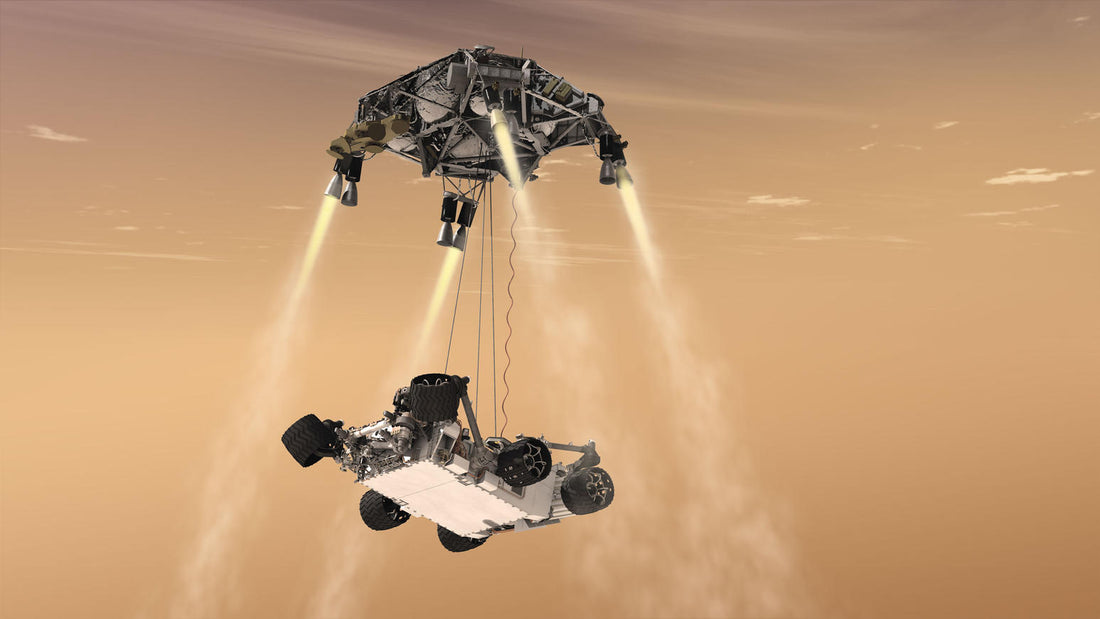
NASA's No Name Nuclear Rover and the 'Impossible' Task Ahead
Share
Every 26 months something amazing happens...
No. Not a new Marvel film, that's actually far less often.
Something planetary happens.
Earth and Mars have 'wobbly' orbits that see-saw as they make their way around the sun.
But every 26 months the two planets align the closest to one another for a small amount of time.
A mere 57.6 million km to be exact.
That is the window of Opportunity (pun not initially intended then intended after the fact) for the latest Mars Rover to be launched to the red planet in July.
Mars 2020 - name not final, thankfully - is the successor to Curiosity Rover with the mission to seek out signs of ancient microbial life with a side quest.
The side quest: preparation of Mars' barren and unforgiving wasteland for the arrival of future missions with manned astronauts.
What does the Mars 2020 Rover look like?

The new Rover, based on the design of Curiosity, will have the same basic structure but with modified life-detection devices and upgraded cameras.
So those awesome Rover selfies are only going to get better!
The instruments include an X-ray spectrometer, radar, solar-powered drone, and more.
Much like Curiosity, the new Rover will be powered by a tiny nuclear reactor but her wheels will be more of the 4x4 variety.
As you can probably remember, Rover's are notoriously slow and Curiosity infamously had to navigate around holes and such.

The spot chosen for Mars 2020 is the Jezero Crater, an expanse of land that used to be a lake 3.5-3.9 billion years ago.
As the crater used to be a waterway, NASA scientists hope to find evidence of life on Mars, particularly in preserved hydrated silica.
Hydrated silica is a crystalised compound that houses signs of life here on Earth, and with all hypotheses proving true, will be present on Mars.
The Mars 2020 Side Quest: Preparing for Humans on Mars

The number 2 - yet many people's numero uno interest in Mars 2020 - is the preparation for human habitability.
The new Rover's sensors will work to understand the environment more for the planning and execution of the inevitable manned excursion to the red planet.
You might have heard the Rover is equipped with MOXIE (not moxie as in determination and strong character, although we're sure she has that).
MOXIE stands for Mars Oxygen Insitu Resource Utilisation Experiment, which sucks in Mars' CO2 atmosphere and converts it into a small amount of oxygen.
While only a test which puts out as little as 22 grams of oxygen per hour, should the MOXIE tech prove successful a larger unit will be sent to the red planet.
The next few years are very exciting for our exploration into Mars and aim to have manned missions by the year 2030.
Love A.R.S.E?
Hit the link below to become an honorary member with your own supporter merchandise.
#Space_Aus




